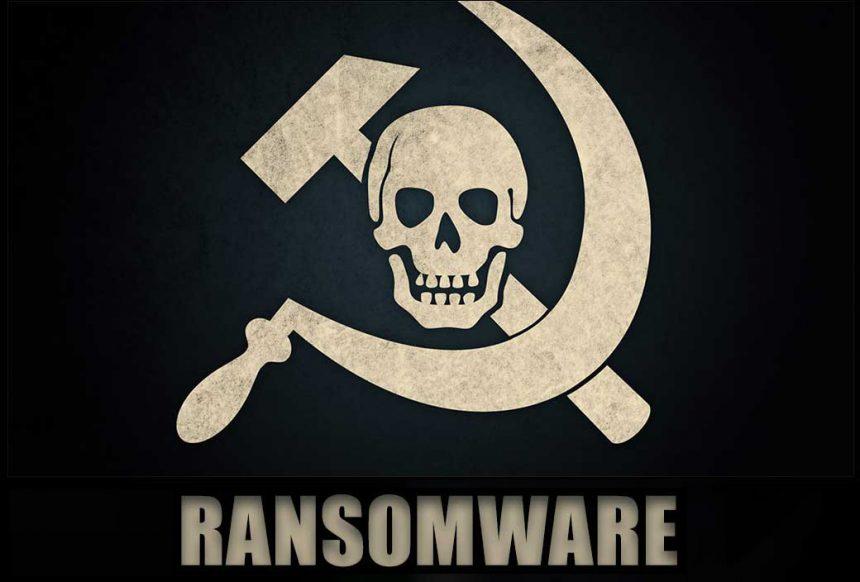Ransomware is one of the most destructive types of malware attacks today, often crippling businesses and individuals by encrypting their data and demanding a ransom for its release. One such ransomware strain that has recently come to the forefront is Help_restoremydata. Discovered during routine security checks, this ransomware targets valuable personal and business files and demands payment in exchange for decryption.
Remove annoying malware threats like this one in seconds!
Scan Your Computer for Free with SpyHunter
Download SpyHunter now, and scan your computer for this and other cybersecurity threats for free!
What is Help_restoremydata Ransomware?
Help_restoremydata is a strain of ransomware that uses strong encryption algorithms to lock files and demands a ransom payment for their decryption. Upon infecting a system, it encrypts critical files and appends a specific extension to them: .help_restoremydata. For example, a file named 1.jpg becomes 1.jpg.help_restoremydata. This renders the file inaccessible to the victim unless they pay the ransom to obtain the decryption key.
How Does Help_restoremydata Work?
Upon execution, Help_restoremydata performs the following actions:
- File Encryption: The ransomware encrypts files with RSA4096 and AES-256 encryption algorithms, which are extremely difficult to crack without the correct decryption key.
- File Extension Change: Encrypted files receive the .help_restoremydata extension, indicating they have been locked by the malware.
- Ransom Note: After encrypting files, the ransomware changes the desktop wallpaper and drops an HTML file titled “HOW_TO_RECOVERY_FILES.html” on the victim’s desktop. This file contains detailed instructions on how to contact the attackers and make the payment for the decryption key.
- Data Exfiltration: In addition to encryption, Help_restoremydata also exfiltrates sensitive data such as financial records, HR department data, login credentials, databases, contracts, and other confidential information. The attackers threaten to leak or sell this data unless the ransom is paid.
Ransom Note Overview
The ransom note displayed in HOW_TO_RECOVERY_FILES.html instructs victims on how to proceed with paying the ransom and decrypting their files. The attackers use fear tactics, threatening to release the stolen data to the victim’s competitors, partners, or even the media if they do not comply.
- Test Decryption: Victims are offered a chance to test the decryption process by sending a single, small file to the attackers. This serves as a proof that the attackers possess the decryption key.
- Unique Encryption Key: The ransomware ensures that each victim has a unique encryption key, preventing the use of general decryption tools.
- Ransom Payment: The attackers demand payment in cryptocurrency (usually Bitcoin) for the decryption key. They emphasize that contacting them quickly will reduce the ransom cost.
Despite these claims, it is important to note that paying the ransom does not guarantee that the attackers will provide the decryption key, and it may only embolden them to continue their illegal activities.
Threat Summary
- Name: Help_restoremydata Virus
- Type: Ransomware, Crypto Virus, File Locker
- Encrypted Files Extension: .help_restoremydata
- Ransom Demand Message: HOW_TO_RECOVERY_FILES.html
- Free Decryptor Available: No
- Cyber Criminal Contact: help@restoremydata.pw, helprestoremydata@aol.com, restoremydata@onionmail.org
- Detection Names:
- Avast (Win64:RansomX-gen [Ransom])
- Combo Cleaner (Gen:Heur.Ransom.REntS.Gen.1)
- ESET-NOD32 (A Variant Of Win64/Filecoder.GH)
- Kaspersky (HEUR:Trojan-Ransom.Win32.Generic)
- Microsoft (Ransom:Win32/Avaddon.P!MSR)
- Symptoms:
- Files cannot be opened due to encryption
- File extensions change to .help_restoremydata
- A ransom note is displayed on the desktop
- Distribution Methods:
- Malicious email attachments
- Torrent websites
- Malicious ads
How to Remove Help_restoremydata Ransomware
While it is unfortunate that encrypted files cannot be restored without the attackers’ decryption key, removing the Help_restoremydata ransomware from your system is crucial to prevent further infections.
Remove annoying malware threats like this one in seconds!
Scan Your Computer for Free with SpyHunter
Download SpyHunter now, and scan your computer for this and other cybersecurity threats for free!
Follow these steps to remove Help_restoremydata ransomware using SpyHunter:
Step 1: Disconnect from the Internet
To prevent further communication with the attackers, disconnect your computer from the internet immediately. This can stop the ransomware from sending stolen data or receiving instructions from the attacker.
Step 2: Boot into Safe Mode
Reboot your computer into Safe Mode with Networking to limit the ransomware’s activity. In Safe Mode, only essential system processes are running, making it easier to remove the malware.
- Restart your computer and press F8 during the boot process.
- Select Safe Mode with Networking from the boot options menu.
Step 3: Run SpyHunter for Malware Removal
SpyHunter is a powerful anti-malware tool capable of detecting and removing ransomware like Help_restoremydata. Here’s how to use it:
- Install SpyHunter: Download and install SpyHunter on your computer. Ensure that you’re downloading from the official website to avoid installing additional malicious software.
- Perform a Full Scan: Once installed, launch SpyHunter and run a full system scan. This will search for any ransomware and other malware present on your system.
- Remove Detected Threats: After the scan is complete, review the detected threats and remove them. SpyHunter will handle the removal process automatically.
Step 4: Restore Files (If Possible)
Once the ransomware is removed, check if you have any backups available for file restoration. If you don’t have a backup, you may have to rely on third-party decryption tools (if any are made available by security researchers) or contact a professional data recovery service.
Step 5: Update Your Security Software
Ensure that your anti-malware software is up-to-date and run a full system scan to catch any leftover threats. Enable real-time protection to prevent future infections.
Preventing Future Ransomware Infections
The best way to deal with ransomware is to prevent it from infecting your system in the first place. Here are some preventive measures:
- Keep Software Updated: Always ensure that your operating system, antivirus software, and all applications are up-to-date. This minimizes vulnerabilities that ransomware can exploit.
- Backup Your Files Regularly: Maintain regular backups of important files in multiple locations, such as cloud storage and external hard drives. Keep backups disconnected from your system to protect them from encryption.
- Avoid Suspicious Emails and Links: Be cautious when opening email attachments or clicking on links in unsolicited emails. These are common delivery methods for ransomware.
- Use a Robust Anti-Malware Solution: Install a reliable anti-malware program and enable real-time protection to detect and block ransomware before it can encrypt your files.
- Educate Employees (For Businesses): If you’re managing a business, educate your employees about the risks of ransomware and phishing attacks. Regular training on cybersecurity best practices can prevent a successful attack.
Conclusion
Help_restoremydata ransomware is a serious threat that uses strong encryption algorithms to lock your files and demands a ransom for their release. While paying the ransom is not recommended, you can remove the ransomware from your system and try to restore your files from backups.
By following best practices such as keeping backups, staying vigilant against phishing attempts, and using robust security software like SpyHunter, you can minimize the risk of future ransomware infections and keep your data secure.





